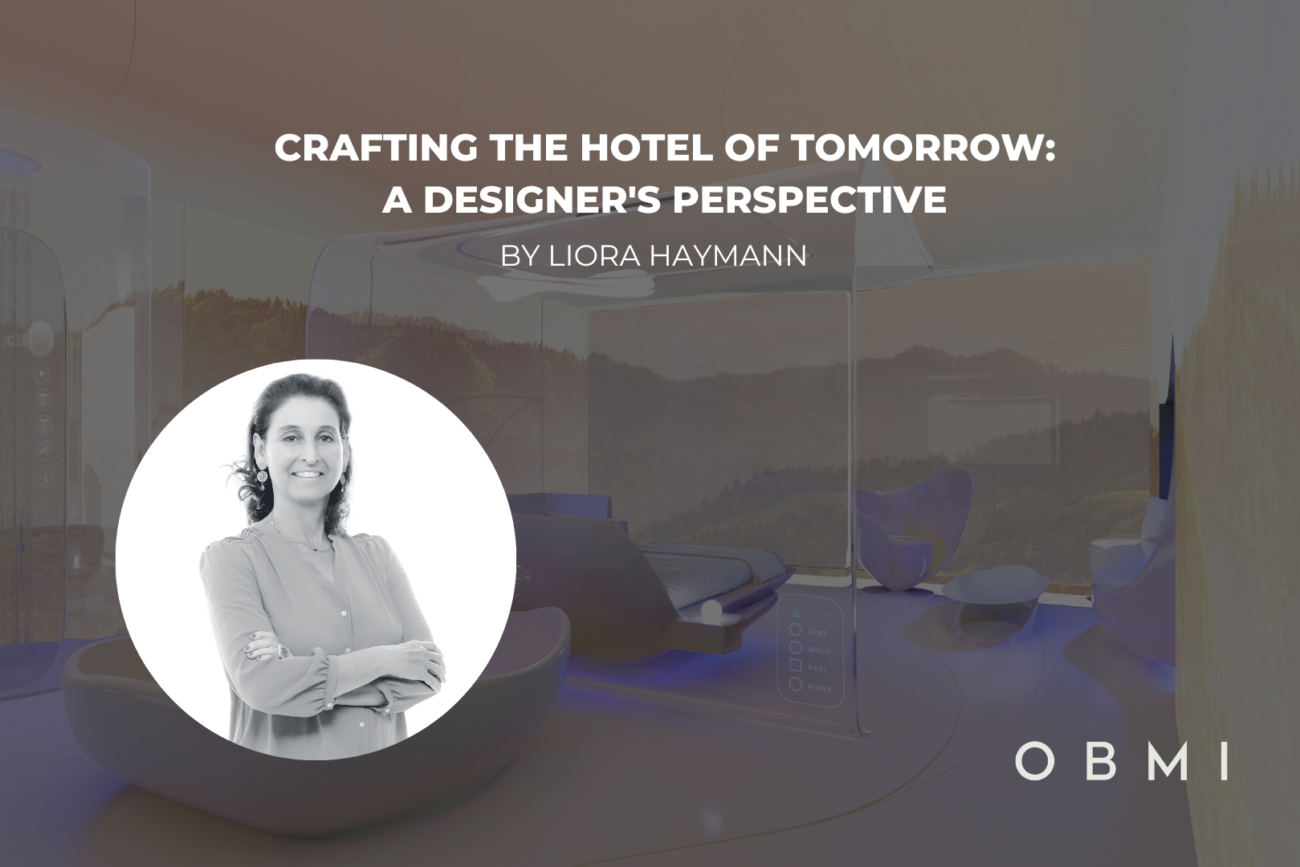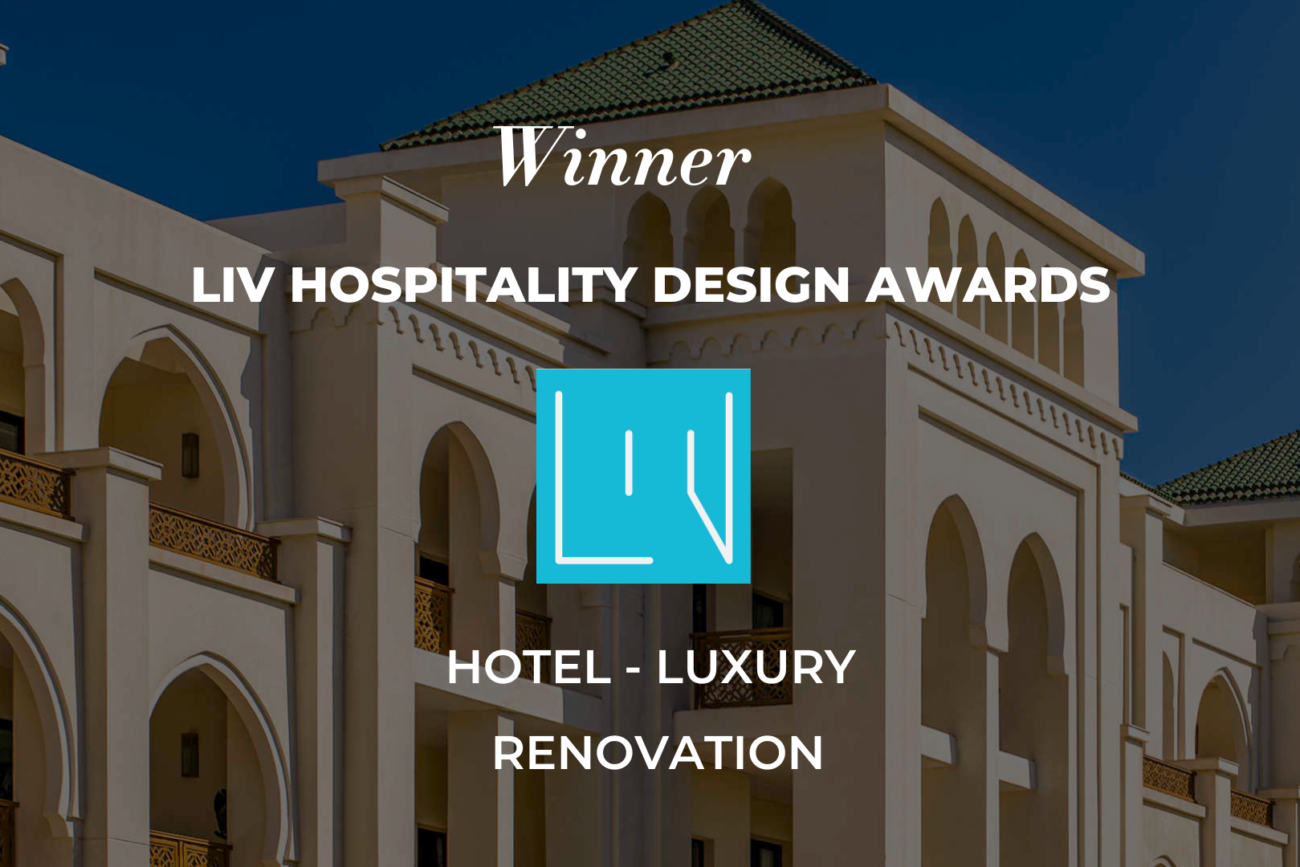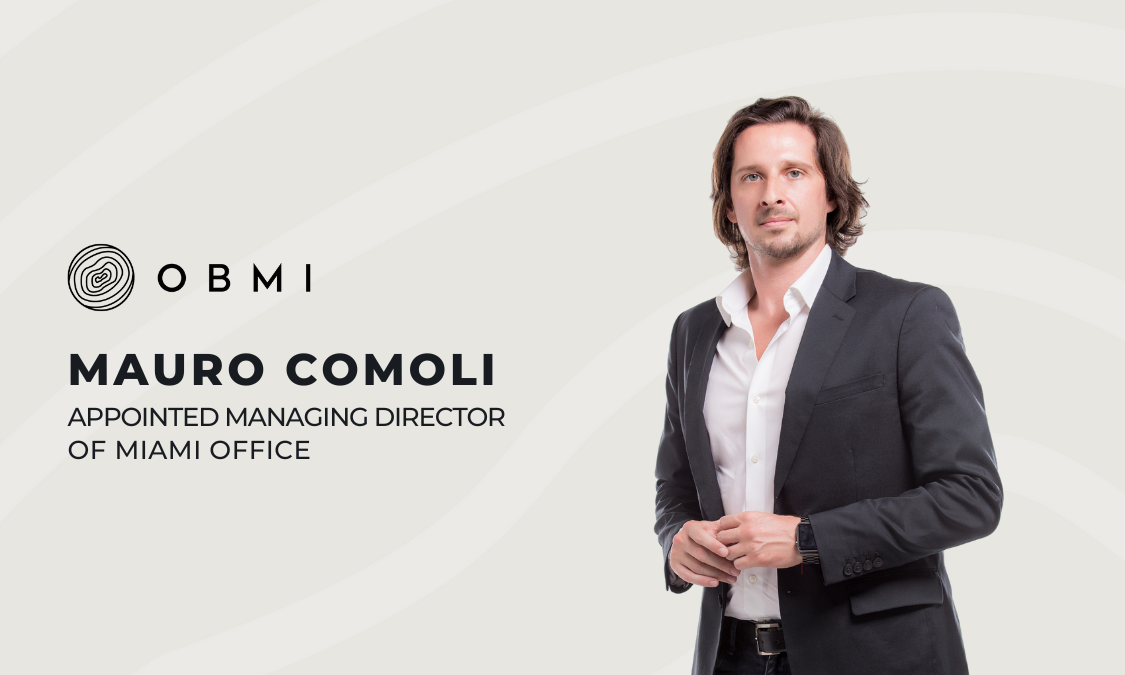AD Middle East Talks with OBMI on Future Forward Approach To Landmark-Making & How It’s A Cut Above The Rest
From Miami To Morocco, OBMI’s combining heritage with innovation to mastermind one-of-a-kind projects around the world
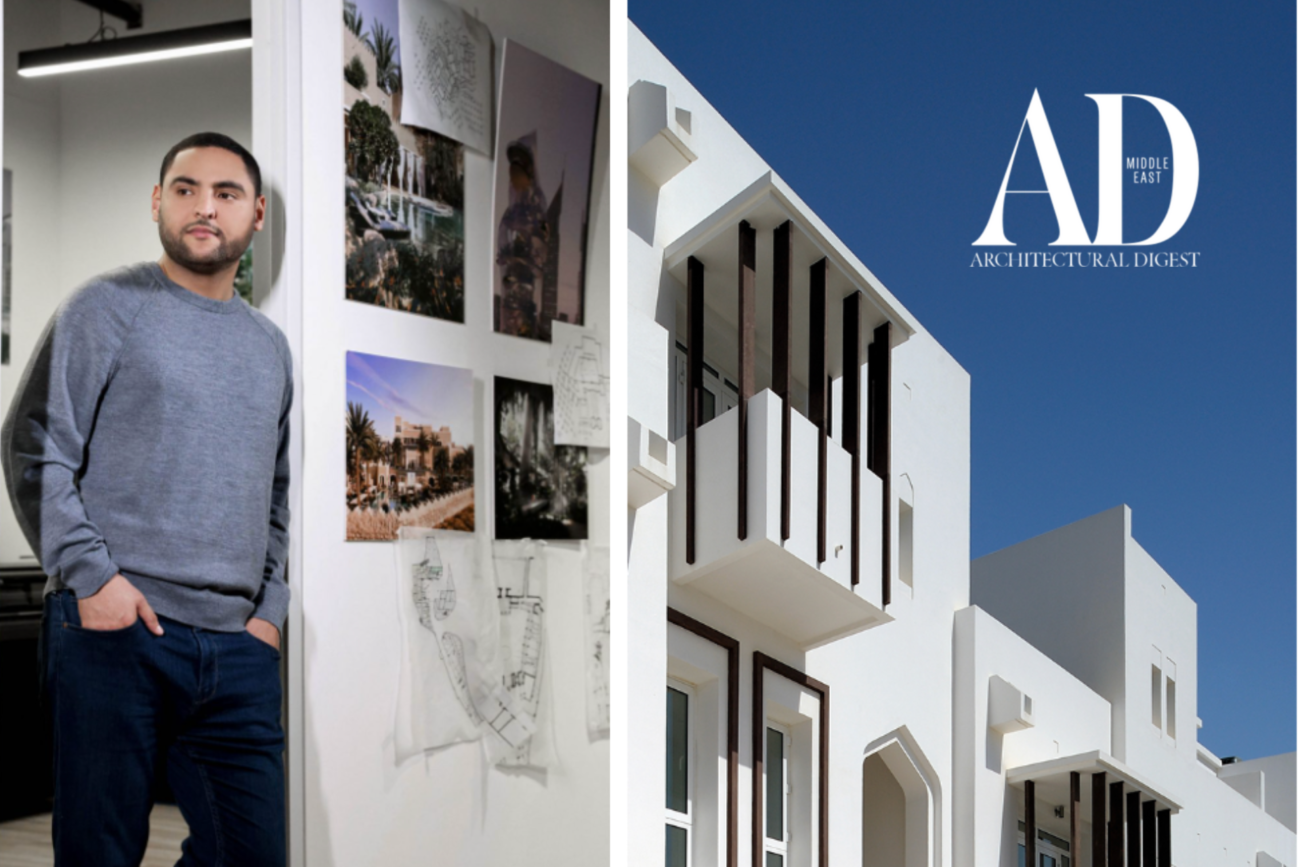
As seen on AD Middle East, OBMI Dubai Managing Director Tareq El Zayat shares why OBMI is a name to know in architecture for extraordinary destinations across the region.
Architecture today is less about king-making and more about planet-saving. Innovative firms like OBMI, established 85 years ago with sustainable values at their core, are naturally leagues ahead with their definitive approach to responsible, culturally sensitive master planning and development. We speak to the architect and visionary leading their Dubai office, Tareq El Zayat, who is helping the firm’s continued growth in the Middle East with the imminent launch of some noble, and notable architectural icons.
The role of architects has changed from designing iconic structures to building human-centric spaces that enrich the personal experience. What do you think has created this shift?
Empathy and innovation are at the core of human-centric spaces. Our solution is to be mindful of shifts in human behaviour, and how people’s changing needs and lifestyles impact their interaction with the built environment. As architects, our role is to be tuned-in to this evolution and adapt our designs to suit. As a response to social and environmental factors, more people than ever are craving a sense of community. OBMI’s expertise is in luxury hospitality, so we have been integrating more amenities, specialty F&B spaces, and communal areas with distinct cultural experiences into our projects for a greater connection to the local community.
We’ve also observed people across the generations prioritizing their health and wellbeing. By keeping the human experience as central to a space, architects can create a holistic journey that ignites all the senses and exceeds expectations. When designers can predict the guest’s needs, both psychologically and physiologically, wellness is integrated into the entire concept, and the destination tells a story of wellbeing.
How do you approach each project with a fresh lens, and keep sustainability at the heart of what you do?
After over 85 years of experience developing concepts and designing in some of the world’s most sensitive environments, our designers approach each project with sustainability and authenticity in mind. We want every project to seamlessly integrate into its surrounding area, considering local heritage, existing communities, and nature to ensure that each element of the design is derived organically.
How does the UAE’s natural landscape inspire you and your work?
There’s certainly no shortage of natural beauty in the UAE – the endless desert landscapes, surprising lushness and dramatic mountain ranges, as well as the indigenous flora and fauna provide an abundance of inspiration for our designers. The natural setting is only made more inspiring when we consider the nation’s rich history. The local heritage sets the foundation for our designers to create authentic experiences that are uniquely rooted in the UAE.
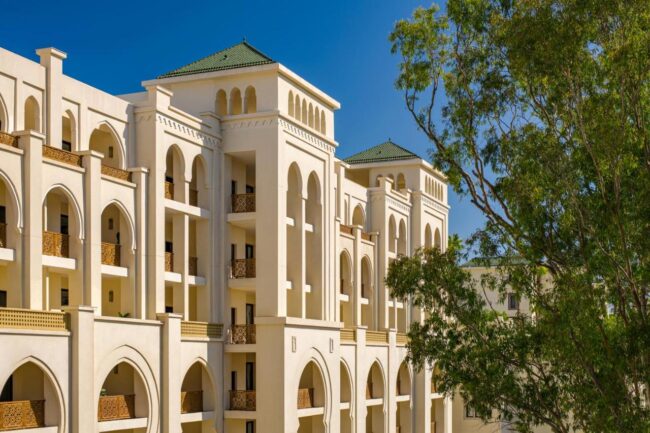
OBMI-Designed Fairmont Tazi Palace Hotel
When reimagining an existing structure, such as a royal palace, how do you retain its essence whilst giving it a new function?
Designing places that feel authentic and luxurious can be a tricky balance. The magic lies in the local culture and vernacular – maintaining a sense of tradition but being innovative. Our team immerses themselves in the history of the place before even starting the design process. Often, they visit the site and nearby cities to learn what is important in their communities and cultures.
Our upcoming project, the Fairmont Tazi Palace in Tangier, is anticipated to debut late 2022. The palace originally began construction in the 1920s but was never completed, and which eventually became dilapidated over decades. As the final details of what is set to be an iconic destination become realized, we are proud of the work our architects have done to integrate the region’s deep-rooted history into a unique and innovative contemporary experience.
Your team is working on a large installation for Dubai Design Week, why was this an important endeavor for you?
Dubai Design Week is a world-renowned event that celebrates the best in local and international design talent. For us, it’s an opportunity to explore the limits of our creativity and craft, and for our design team to build something sustainable that is truly immersive. Its value to the UAE, both in concept and legacy, showcases the innovative approach of the region’s design industry as it rises to the challenge of our future climate crisis. The installation itself is an homage to the natural environment, supporting education on the importance of mangrove forests and their ability to safeguard coastal shorelines and to combat carbon emissions in our immediate atmosphere.
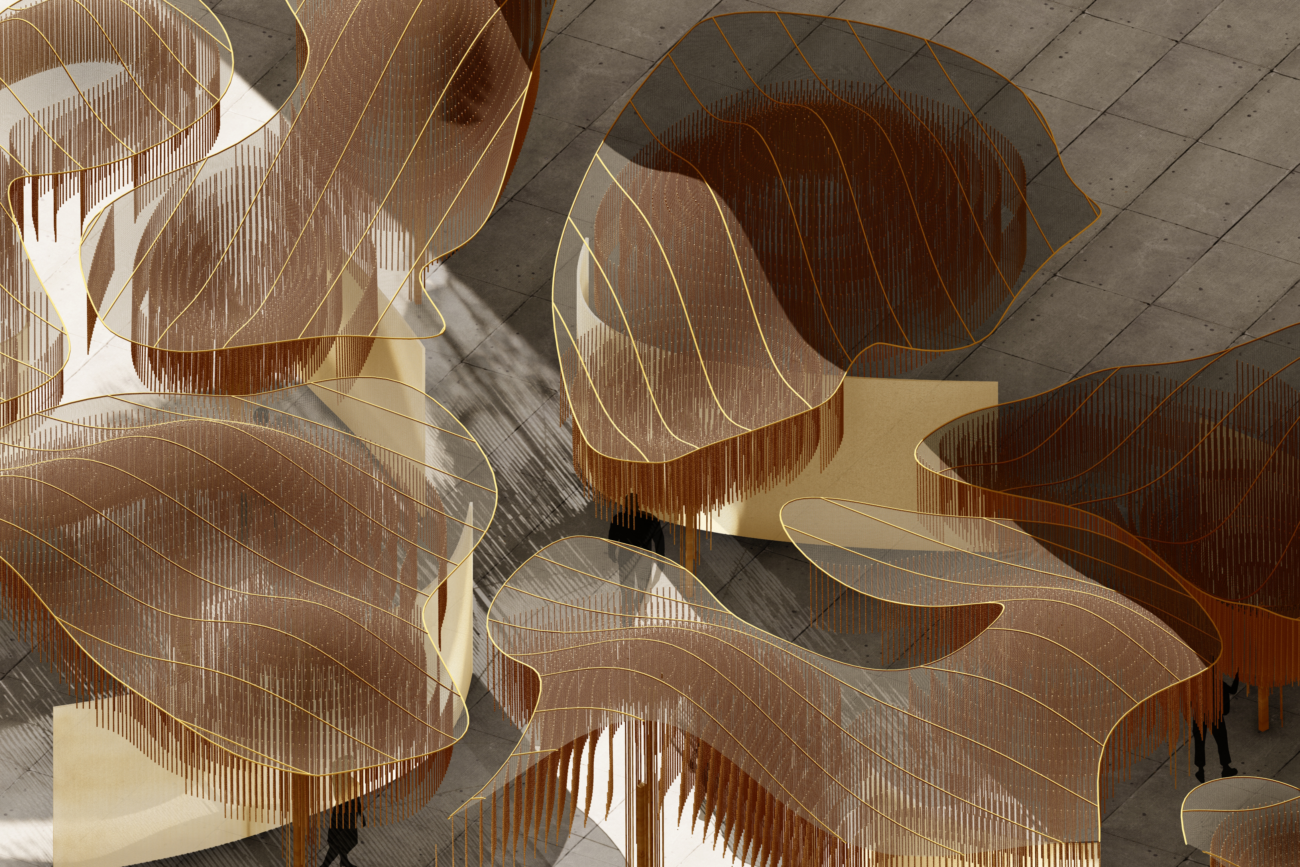
Dubai Design Week Signature Installation – “Once Upon a Forest” by OBMI
As a very established international design firm that has been working in the Middle East for several decades, what do you consider to be OBMI’s most significant addition to the regional landscape, and why?
It’s an honor to be trusted by highly regarded brands and developers like DGDA, Rosewood, Boutique Group, and Katara to preserve and restore the structures of historical sites throughout the region. Any time our firm can leverage our expertise to reimagine landmarks of hospitality and breathe new life into these iconic destinations by unearthing unique experiences that preserve and celebrate local heritage, is a privilege for OBMI. Our most notable contribution to the region is probably the Royal Mansour Marrakech, where we elevated culture and heritage through a true display of Moroccan craftsmanship. Additionally, we are thrilled at the realization of our master plan for Al Mouj in Muscat, Oman, which we completed over a decade ago. The integrated leisure-tourism destination continues to be a benchmark for the region as a successful, sustainable development that has benefited owners and its local community through our design approach.
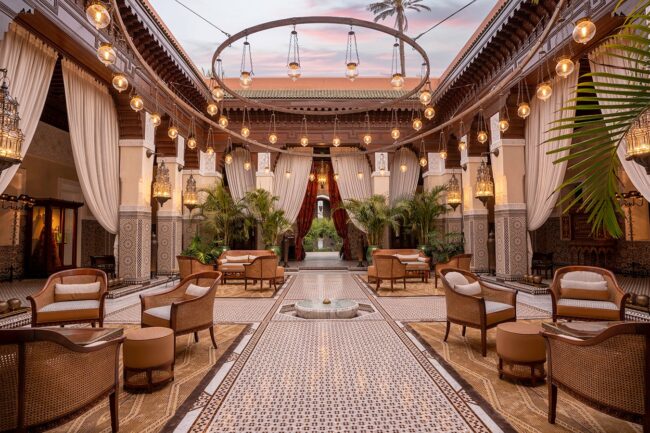
OBMI-Designed Royal Mansour Marrakech
Climate and resilience are the most significant challenges of all industries. It’s essential as architects that we assist our clients with solutions to take action to reduce the carbon footprint in their building operations, as well as in the construction process. We are also mindful of health. It’s a priority for architects to ask how we can raise the bar for wellbeing both through the experiences we create and the way we design the space.
OBMI’s Innovation Hub conceptualises new ways to build, live and work. Can you tell us about Aera and why that has captured the public’s attention?
Vertical architecture is of tremendous value in terms of urban destinations and the escalating need for premium space. The innovative resort concept, Aera, was envisioned by OBMI to present a distinct hospitality offering that is vertically integrated into the heart of the city. By redefining resorts, we hope to broaden people’s perceptions of what is possible and offering a product for a new era of travel. It’s exciting to work with respected institutions to take our resort concept further into reality by developing databases for phytoremediation in addition to repositioning nature from a peripheral role to a central one in the resort experience.
Finally, how do you see the UAE’s built environment changing over the next 20 years?
I believe ESG practices will be the biggest change in the UAE built environment over the next decades. There is already a shift toward governance becoming an integral part of the business process. There is clear evidence that practicing sustainability benefits both owners and consumers to improve probability, boost returns, reduce risk, build resilience, retain the best talent, and improve brand loyalty. It’s time to answer the call by investing in people and their communities, developing a regenerative approach to business development by adopting a sustainability mindset and integrating ESG into the strategy and operations of our organizations through proactive efforts. Contact our international architects today to learn more.




